Stop! 5 Ways You're Using Salt Wrong
These lessons from Alison Cayne's new book, The Haven's Kitchen Cooking School, show that how we treat this humble ingredient can change everything.
By Lynn Andriani
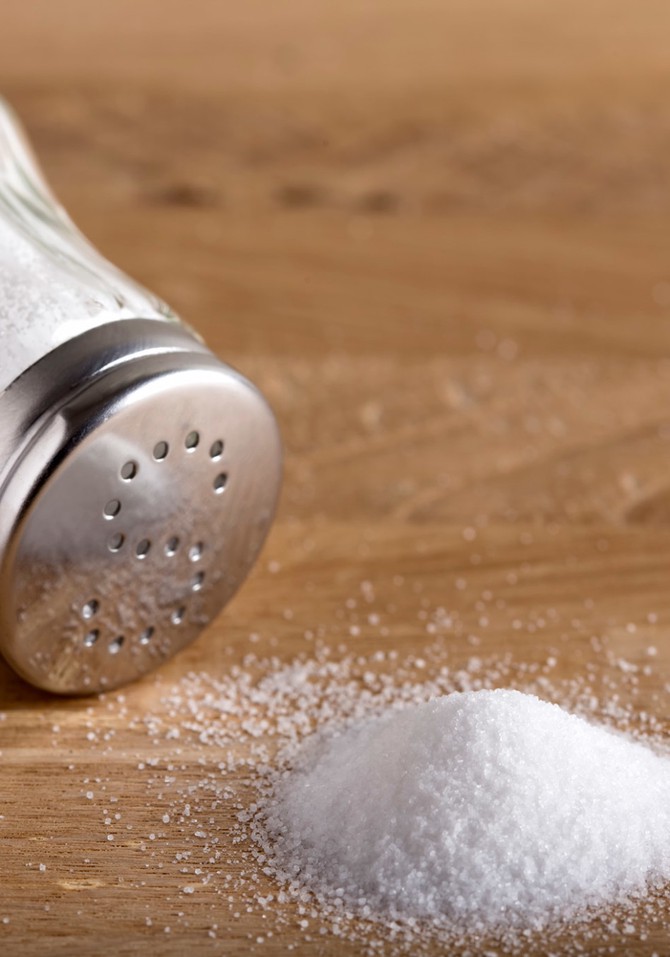
Photo: iStock
You're Using the Wrong Kind
If you make only one adjustment to the way you use salt, let this be it: Save the table salt for baking, and use kosher or fine sea salt for cooking. The larger crystals may seem saltier, but they just dissolve more slowly, so the flavor lingers. At her New York City cooking school and café Haven's Kitchen, Cayne recommends students use a fine sea salt, such as La Baleine, while cooking, and a flaky sea salt, like Maldon, to season dishes just before serving—its delicate crunch delivers just the right pop of salty flavor.
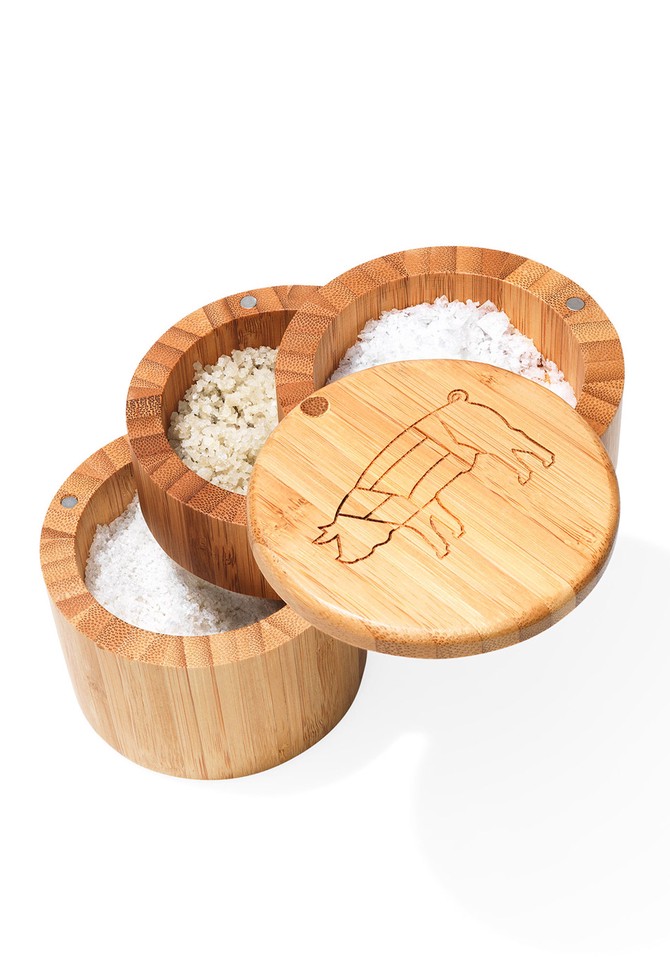
Photo: Gregor Halenda
You're Keeping It Behind a Closed Door
You may have noticed on cooking shows, or in restaurants with open kitchens, that chefs keep salt in a small bowl next to their cooking areas, adding a dash here and there as they taste. There's a reason for this: continually tasting and adding more salt becomes tricky if you have to keep reaching into a cabinet. Salt boxes (aka salt cellars) are made expressly for this purpose; they're usually made from wood or porcelain, and often have a lid you can easily flip up or slide off with one hand.
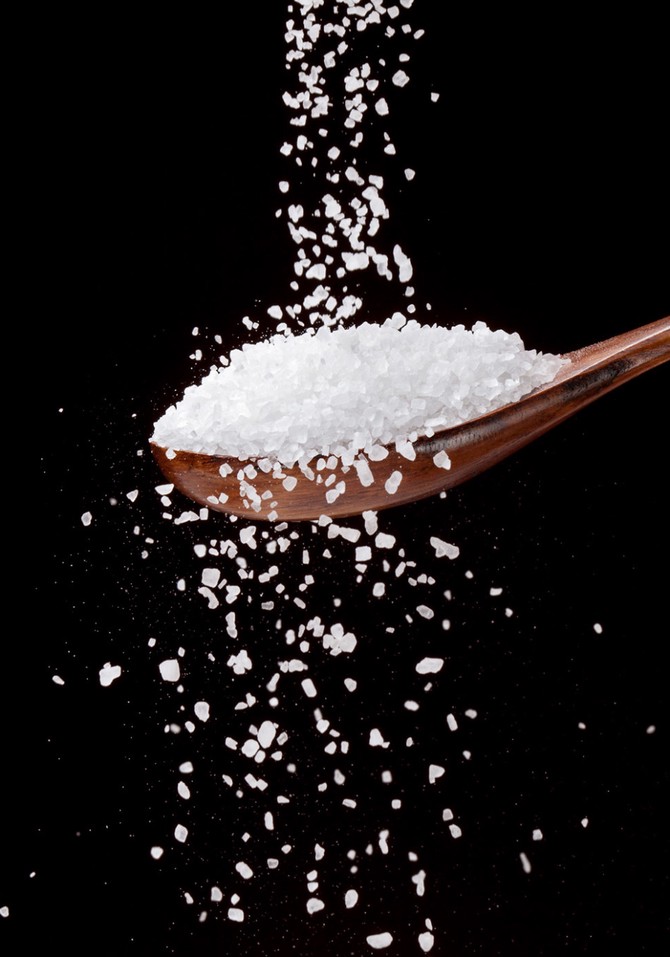
Photo: iStock
You're Measuring
As a culinary instructor, Cayne says her goal is to teach beginners how to become intuitive cooks—that is, to cook based on what they feel is right, not on what a specific tool tells them is right. In her book, she explains, "I don't ever want a reader to have to measure out 1/4 teaspoon of salt." That may sound extreme, but the point is: Unless you're baking, the amount of salt listed in a recipe is usually just a guideline. The more you cook, the more you will understand how to season a dish based on your own preferences—not on the fraction etched into a spoon.
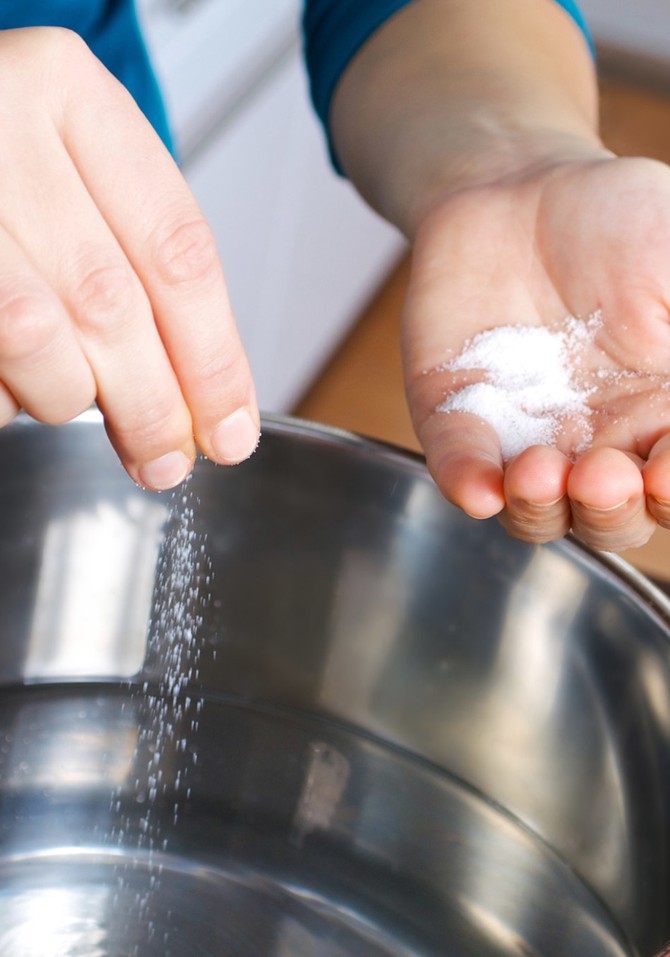
Photo: iStock
You're Not Sure How Big a Pinch Really Is
So, how do you start salting your food without measuring, if you're unsure what a quarter-teaspoon of salt even looks like? Cayne has a simple trick: A small pinch is what you can hold between your thumb and index finger, and is equal to about 1/4 teaspoon. A larger, three-finger pinch is equal to a scant (meaning almost-but-not-quite) teaspoon.
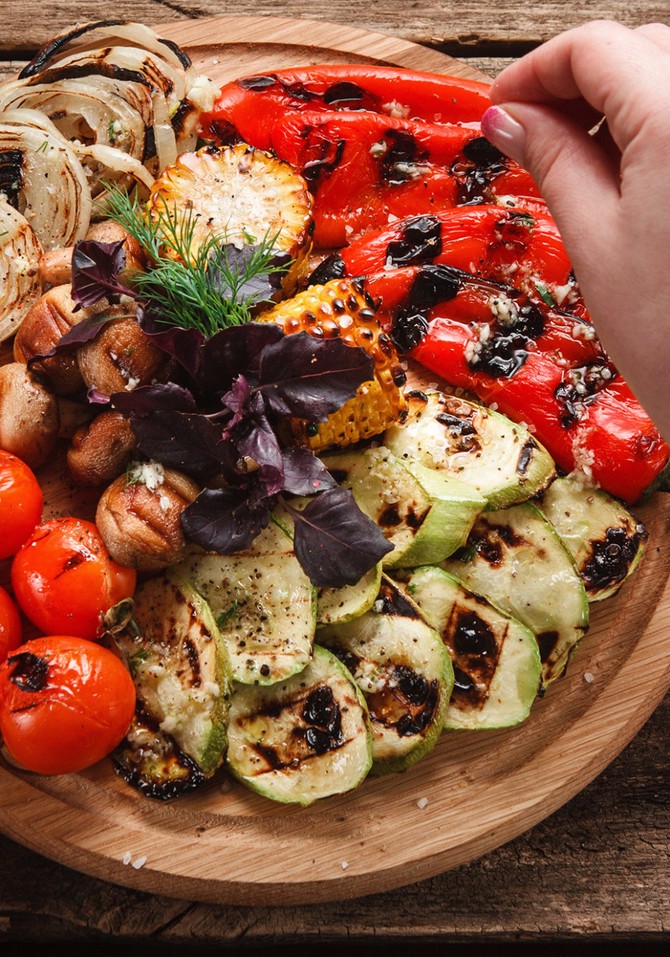
Photo: iStock
You Just Aren't Using Enough
Nearly every pro we've ever talked to about salt says that one of the big differences between home cooks and restaurant chefs (in addition to liberal use of a not-so-secret ingredient called butter) is the amount of salt with which they season their food. Cayne agrees, noting that many of the students at Haven's Kitchen don't salt their dishes enough (salting food doesn't just add saltiness; it also enhances the ingredients' flavors), and then wonder why their finished dish seems to be "missing something." If your food lacks a je-ne-sais-quoi, start by adding a small pinch of fine sea salt, tasting and adding more as needed.
Published 07/12/2017

